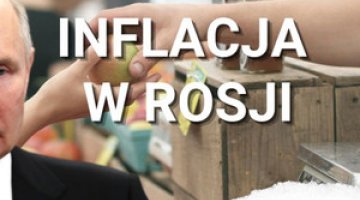Petrol shortages in Russia
On 28 April, the government of Russia decided to raise the export duty on petrol by 34% and introduce a general ban on exports of fuel until the end of May. This decision was caused by the lack of petrol in many regions of Russia, which has been apparent for some weeks now. The main cause of the crisis is the government’s own actions, as it tried to top-down manage the fuel market.
The original cause of the current crisis was a decision which the government took in February; in view of the rising price of gasoline, it decided to force the price down so that there would not be any rise in public resentment a few months before the election. In response, oil companies have increased their export of motor gasoline (by a total of 67% since the beginning of this year); this brought them more profits, but was achieved at the cost of reducing supply on the domestic market. As a result, certain regions of Russia have suffered from petrol shortages. This has led to the need for many petrol stations to impose restrictions. The lack of fuel for petrol stations was also caused by the government’s decision to prohibit the sale of petrol of a lower standard (Euro-2) on the Russian market from 2011. Some refineries have not been able to adapt to the increased production of higher-standard (Euro-3) fuels.
In view of the lack of petrol, Prime Minister Vladimir Putin has twice convened special government meetings, blaming the petroleum companies for the predicament. The Federal Anti-Monopoly Service has initiated an investigation into allegations that petroleum companies acted in collusion. However, the government has not restored the possibility of selling Euro-2, but has instead decided to raise export duties. <wojk>





